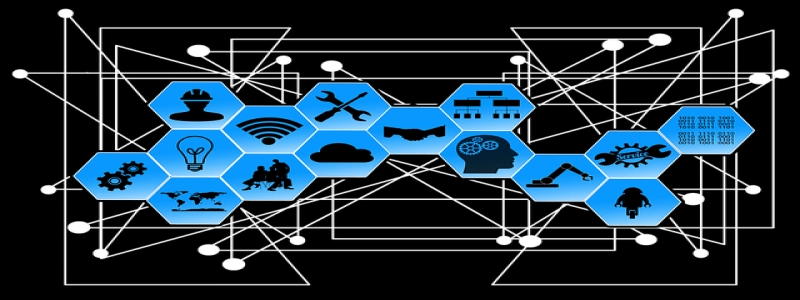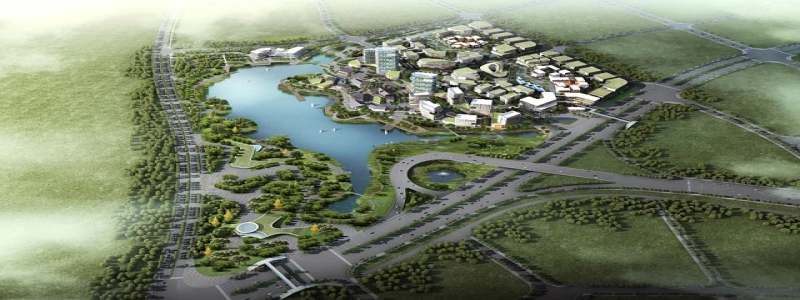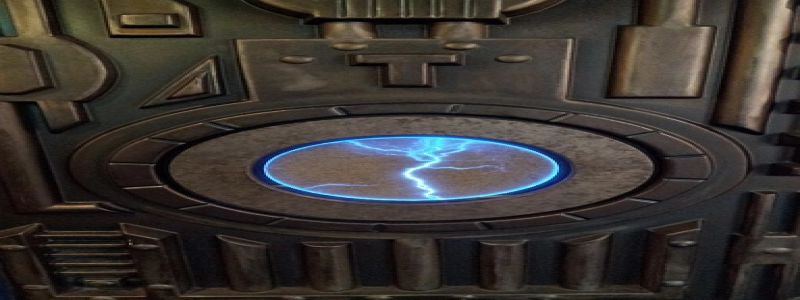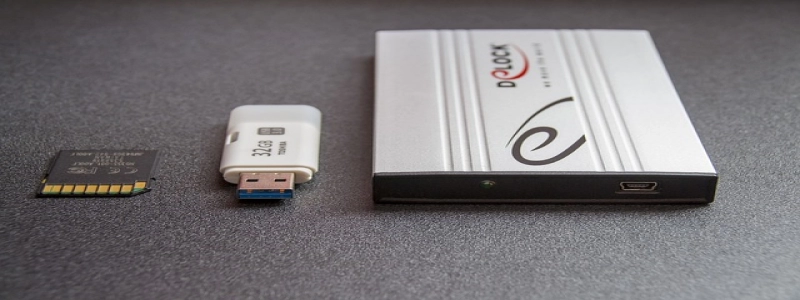Ethernet Media Converter
Introduction:
Ethernet media converter is a device that allows different types of Ethernet networks to be interconnected. It is designed to convert signals from one media type to another, enabling seamless communication between networks that use different cable types or transmission technologies. In this article, we will explore the features and applications of Ethernet media converters.
I. Overview of Ethernet Media Converter:
1.1 Definition: An Ethernet media converter is a networking device that is used to connect two networks or devices that use different Ethernet standards or transmission media.
1.2 Working Principle: The media converter receives data signals from one Ethernet media type and converts them into signals suitable for transmission over the other type of Ethernet media.
1.3 Types: There are various types of Ethernet media converters available, including copper to fiber, fiber to copper, multimode fiber to single-mode fiber, etc.
II. Features of Ethernet Media Converter:
2.1 Protocol Independence: Ethernet media converters support various protocols, including Ethernet, Fast Ethernet, and Gigabit Ethernet. They are independent of the networking protocols being used and do not require any modifications to the existing network infrastructure.
2.2 Auto-negotiation: Many media converters are equipped with auto-negotiation capabilities, allowing them to automatically determine the best speed and duplex mode for the connected devices.
2.3 Link Fault Pass-through (LFP): LFP is a feature that enables media converters to monitor link status and notify the network administrator in case of a link failure, ensuring quick detection and troubleshooting.
2.4 Power Over Ethernet (PoE): Some Ethernet media converters also support PoE, which allows the transmission of data and power over the same Ethernet cable, simplifying the installation of network devices.
III. Applications of Ethernet Media Converter:
3.1 Network Expansion: Ethernet media converters are commonly used to expand the reach of existing networks by connecting devices or networks that use different media types.
3.2 Fiber Optic Extension: Media converters that convert copper to fiber are widely used to extend Ethernet networks over long distances, as fiber-optic cables offer higher bandwidth and better transmission capabilities.
3.3 Building-to-Building Connectivity: Ethernet media converters are often used to connect Ethernet networks in different buildings or locations, enabling seamless communication and data sharing.
3.4 Integration with Legacy Equipment: Media converters can help integrate legacy equipment, such as devices that use coaxial or serial connections, into modern Ethernet networks.
Conclusion:
Ethernet media converters play a crucial role in enabling interoperability between different Ethernet networks. By converting signals from one media type to another, they facilitate seamless communication and connectivity. With their protocol independence, advanced features, and wide range of applications, Ethernet media converters are essential tools for network expansion, fiber optic extension, building-to-building connectivity, and integration of legacy equipment.








